Fifth Grade Teacher Emma Samuels collaborated with Dave Cresson, the President of the Half Moon Bay History Association, to organize a Half Moon Bay Scavenger Hunt for students. The field trip was featured on the homepage of the Half Moon Bay Review.
“A scavenger hunt is really about adventure education,” said Ms. Samuels. “The point is to get kids to grapple and persevere and struggle. The learning is explicitly designed so that students are put in this place of slight stress, and from that energy comes incredible growth and incredible learning.”
Stops on the scavenger hunt were multi-sensory, asking students to create a skit, write a song, draw something, build something, or compare and contrast. For example, one site along the way said:
“Gaspar de Portola and his men were weak from dysentery and exhaustion, and they rested by this creek before continuing on to Montara. Create a film in which you act out this scene. Make sure you include important information about why they were here and what they were hoping to achieve. Include de Portola, Father Crespi, and other members of the traveling party in your film.”
All activities during the scavenger hunt were designed so that chaperones could be as hands-off as possible. Students collaborated, shared leadership, and solved problems on their own – and they had a great time.
“The most important thing about the scavenger hunt is that it’s incredibly relevant to the kids,” said Ms. Samuels. “They walk past these buildings all the time, and now they’ll have key ideas and turning points in Half Moon Bay history to share with whomever they’d like.”

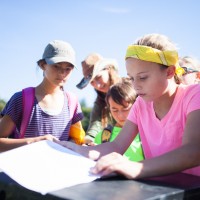
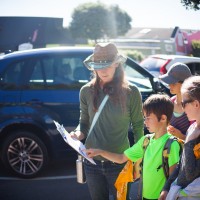

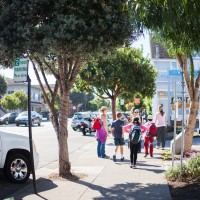
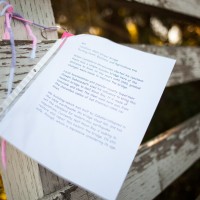
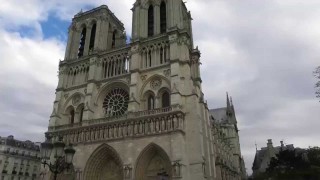
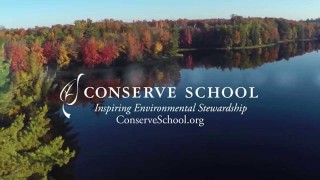
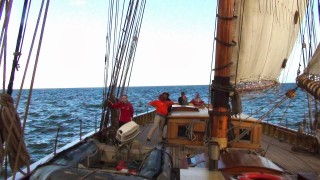
Experiential learning definitely speeds and deepens the learning process. I find that the experience has to be real to provide maximum benefit. I’ve participated in one type of real Experiential Learning that had a big impact on me; and I’ve led Experiential Learning sessions that have had dramatic impact on the participants. I participated in Build a Bike for charity. In a corporate event, we broke into groups and built actual bicycles. That’s real – but the real that had the big impact was the fact we were making them for underprivileged kids, who wouldn’t normally get to own a bike. And at the end, the kids actually came into the meeting and got their bikes. I worked with one person who was disconnected from the whole process until he saw the children. He suddenly became totally engaged. Make it as real as possible for best results. The second example: I facilitate Equine Assisted Learning sessions around Toronto, in the GTA. The horses themselves are real. They don’t care who or what you are. And they are totally aware of what’s happening with people – the biggest prey animal in their domain. I’ve seen horses bring out self-awareness that peple had never experienced before. Always, make experiential learning real for best results.